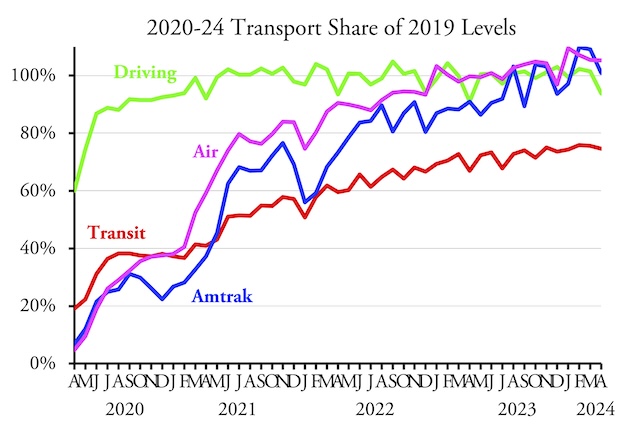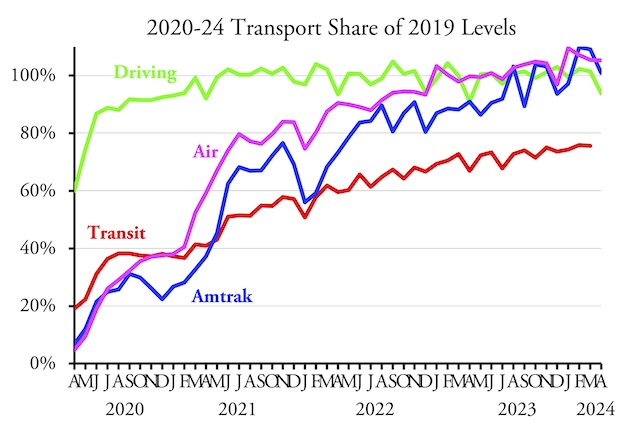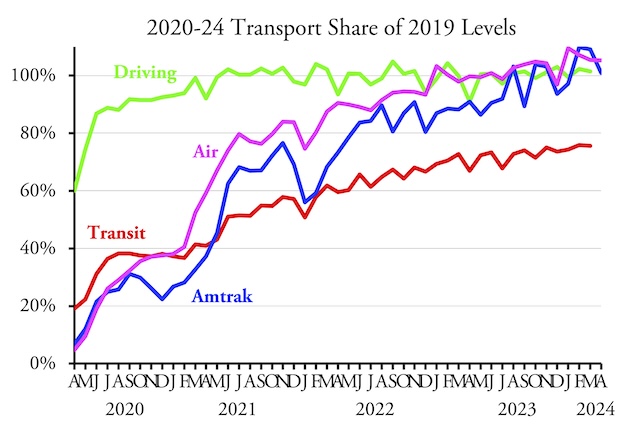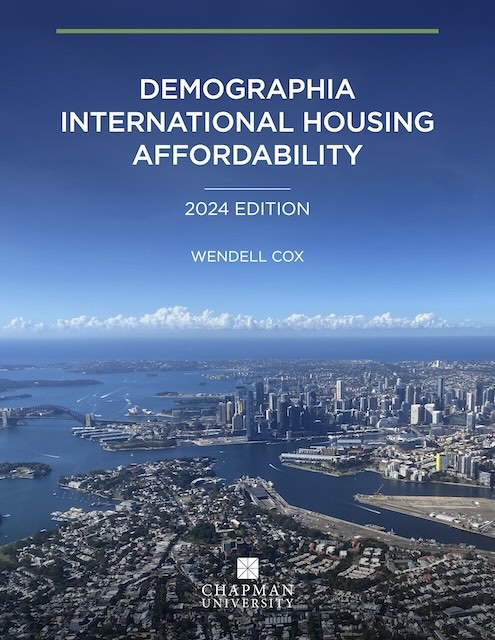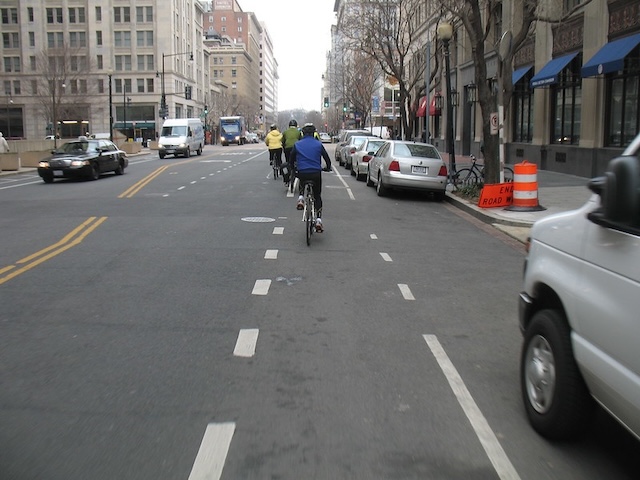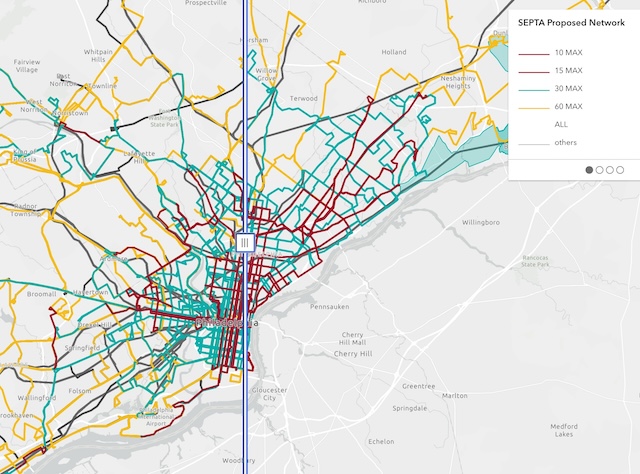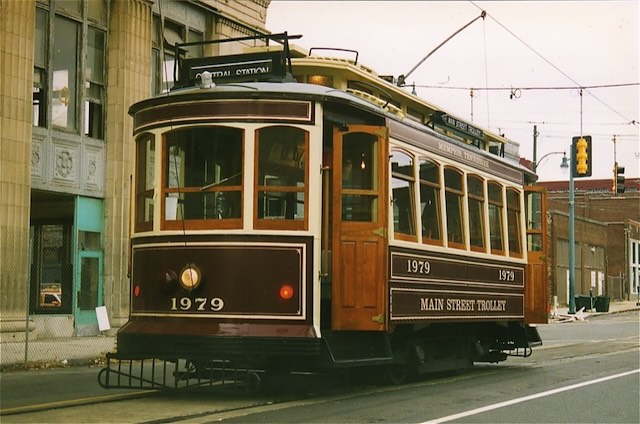“You either die a hero,” said a character from a Batman movie, “or you live long enough to see yourself become the villain.” Neil Goldschmidt, who died last week four days short of his 84th birthday, was once my hero but died the leading villain of Oregon politics.
 The official portrait of Mayor Goldschmidt.
The official portrait of Mayor Goldschmidt.
After working as a legal aid lawyer for several years, Goldschmidt joined his friend, homebuilder Tom Walsh, in running as reform candidates for the Portland City Council in 1970. Portland, they said, was run by a “good old boy” network that left minorities, low-income people, and many others out of the system. Goldschmidt won; Walsh lost. Continue reading


